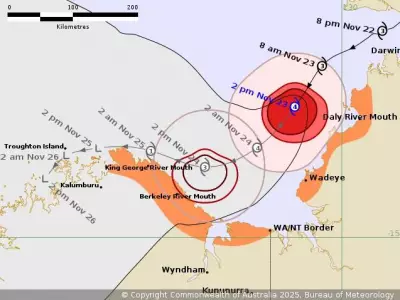
An emotional chapter in Western Australia's conservation history has closed as Perth Zoo farewelled its last remaining elephant, Permai, ending more than a century of pachyderm presence at the institution.
The End of an Era for Perth Zoo
The 36-year-old Asian elephant's departure to Werribee Open Range Zoo in Victoria marks a significant shift in the zoo's direction and philosophy. For generations, elephants had been among the most beloved attractions at the South Perth facility, drawing millions of visitors since the first elephant arrived in 1912.
This transition represents more than just an animal relocation - it signals the end of an exhibition era and the beginning of a renewed focus on species conservation and modern animal welfare practices.
Why Elephants Are Leaving Australian Zoos
The decision to move Permai stems from evolving understanding of elephant needs and welfare standards. These intelligent, social animals require:
- Large, complex environments that mimic their natural habitats
- Substantial social groups for proper psychological development
- Space to roam distances that zoos struggle to provide
"The needs of these magnificent creatures have become better understood over time," explained zoo representatives. "Modern standards require facilities that can accommodate their complex physical and social requirements."
Conservation Focus Shifts to Wild Populations
Rather than maintaining elephant exhibits, Perth Zoo will redirect resources toward in-situ conservation efforts, particularly supporting the survival of Asian elephants in their native habitats across Southeast Asia.
This strategic pivot aligns with global trends in zoo management, where institutions increasingly position themselves as conservation organizations first and exhibition spaces second.
Looking Toward the Future
While the departure of Perth's last elephant brings sadness to many long-time visitors, it also opens new possibilities for the zoo's conservation mission. The facility plans to enhance its work with threatened Western Australian species while maintaining its commitment to global conservation partnerships.
The empty elephant enclosure will serve as a reminder of how far animal welfare standards have progressed and how conservation priorities continue to evolve in response to new scientific understanding.





